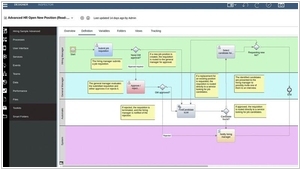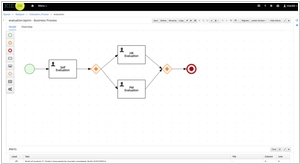IBM BPM vs jBPM
July 20, 2023 | Author: Michael Stromann
IBM BPM (Business Process Management) and jBPM (Java Business Process Management) are both BPM platforms, but they differ in their approach, capabilities, and target audiences. IBM BPM is a comprehensive and enterprise-grade BPM solution that offers a visual and model-driven environment for designing, managing, and optimizing complex business processes. It provides a wide range of tools and features to automate workflows, monitor performance, and integrate with various systems. IBM BPM is known for its scalability, making it suitable for large organizations and mission-critical applications.
On the other hand, jBPM is an open-source BPM platform that is closely integrated with the Java ecosystem. It offers a flexible and extensible framework for modeling, executing, and monitoring business processes. jBPM is popular among Java developers and organizations heavily invested in Java-based technologies. It allows for easy integration with existing Java applications and provides the freedom for developers to customize and extend the platform to meet specific requirements. jBPM's lightweight nature makes it well-suited for small to medium-sized businesses or projects where Java integration and customization are key priorities.
See also: Top 10 BPM Software
On the other hand, jBPM is an open-source BPM platform that is closely integrated with the Java ecosystem. It offers a flexible and extensible framework for modeling, executing, and monitoring business processes. jBPM is popular among Java developers and organizations heavily invested in Java-based technologies. It allows for easy integration with existing Java applications and provides the freedom for developers to customize and extend the platform to meet specific requirements. jBPM's lightweight nature makes it well-suited for small to medium-sized businesses or projects where Java integration and customization are key priorities.
See also: Top 10 BPM Software
IBM BPM vs jBPM in our news:
2021. IBM Business Process Manager is renamed to Business Automation Workflow
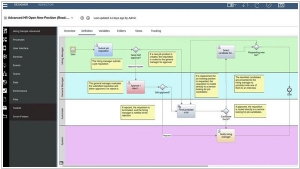
IBM Business Process Manager (BPM) and IBM Case Manager have undergone a consolidation process, resulting in the creation of a unified product known as IBM Business Automation Workflow. This new offering not only combines the functionalities of both BPM and Case Manager but also introduces additional features. Users can now organize library items in custom smart folders, enhancing organization and accessibility. Improved validation in the web-based IBM Process Designer enables better identification of issues in scripts. The Process Admin Console allows for monitoring system maintenance data, providing valuable insights. Furthermore, users can import environment variables and servers from other process applications or toolkits, ensuring seamless integration. Performance Monitoring facilitates the detection of resource-related problems. In Process Designer, modeling gateway decisions can now be accomplished using decision tables or action rules. Additionally, users can enjoy a streamlined experience through the implementation of a single sign-on feature.
2016. IBM and Box unveiled easy-to-use BPM tool
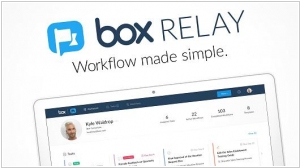
Box and IBM have collaborated to introduce Box Relay, an additional feature for Box's primary cloud storage service. This innovative add-on enables teams within a company to create personalized workflows and extend invitations to external partners. Through a user-friendly dashboard, individuals can perform various actions such as reviewing, editing, uploading, approving, or rejecting documents. The process is facilitated by alerts, notifications, and email reminders that keep everyone informed of the workflow's progress. Users can conveniently share links with others for review and monitor the project's advancement in real time. This collaborative platform ensures transparency by highlighting any potential delays or bottlenecks encountered during the project.
2010. IBM launched social BPM service
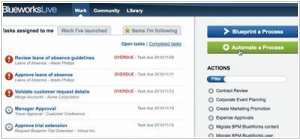
BPM (business process management) - is hardly associated with social services, which are intended for free interaction, rather than for formal automation. Nevertheless BPM systems are also becoming social. Few days ago IBM launched the SaaS service Blueworks Live that really has a human (social) face. Looking at the service you are thinking - "OK, everything is simple and clear. you draw a sequence of tasks (like in Visio). start a process. tasks are automatically created according to the algorithm. each user has own task list (like in Outlook). task notifications are sent by email. user follows the link, adds comments or clicks "Check" button. all actions are logged in activity stream (like in Facebook). so why do they call all this with the complicated word BPM? ". ***

